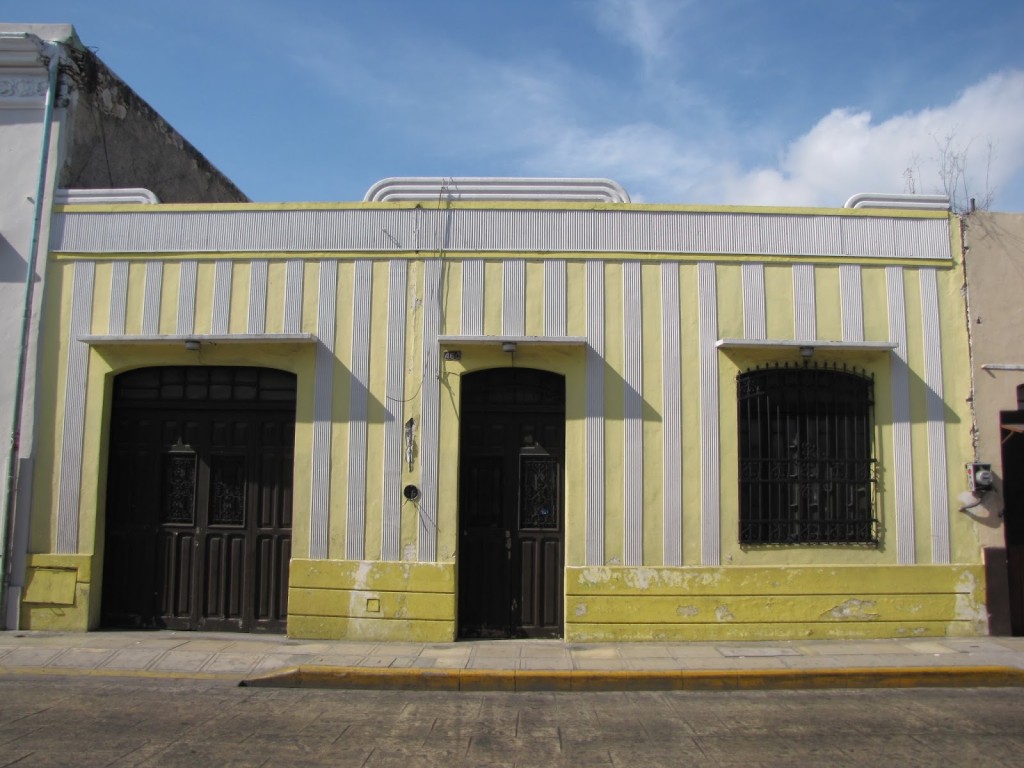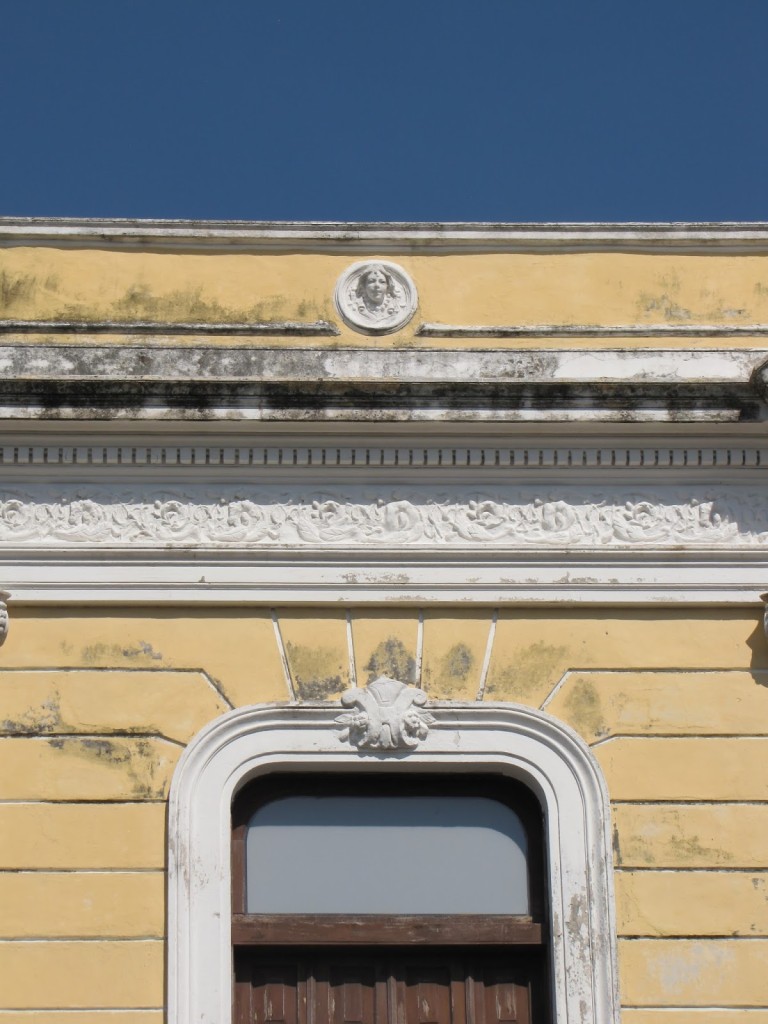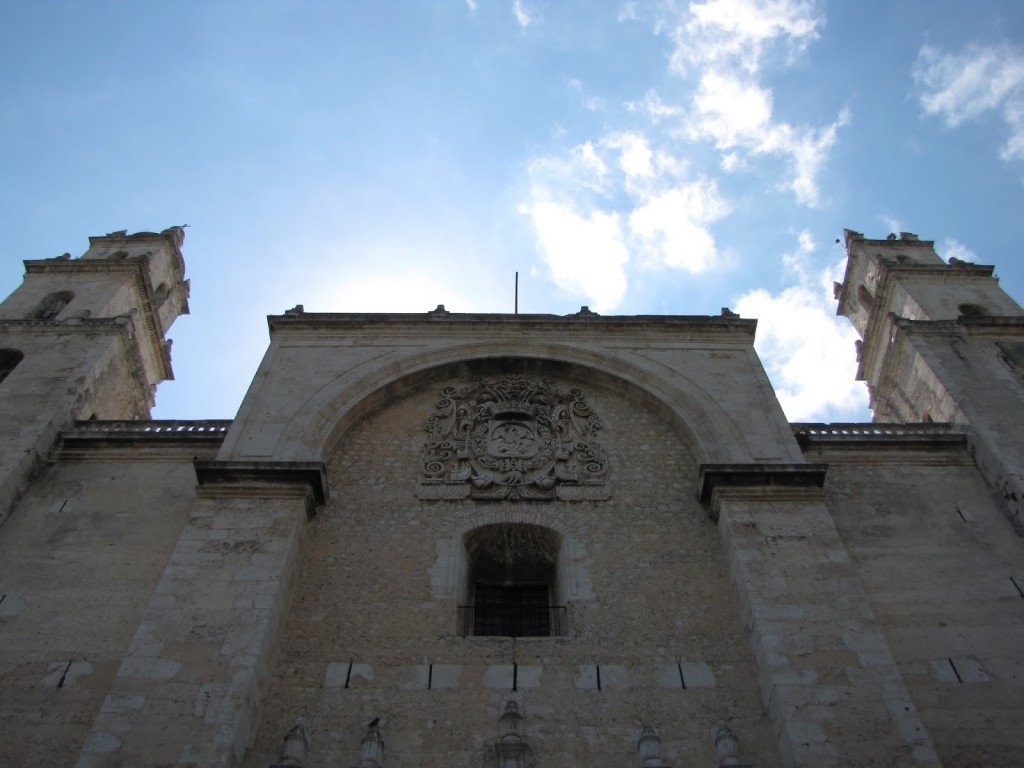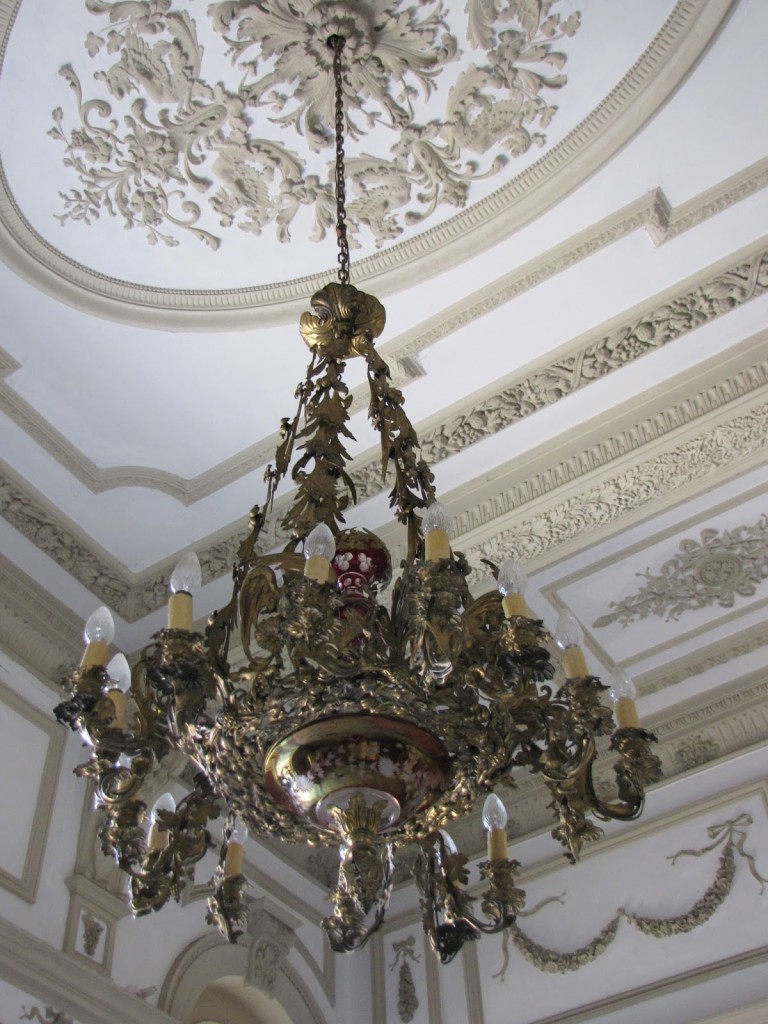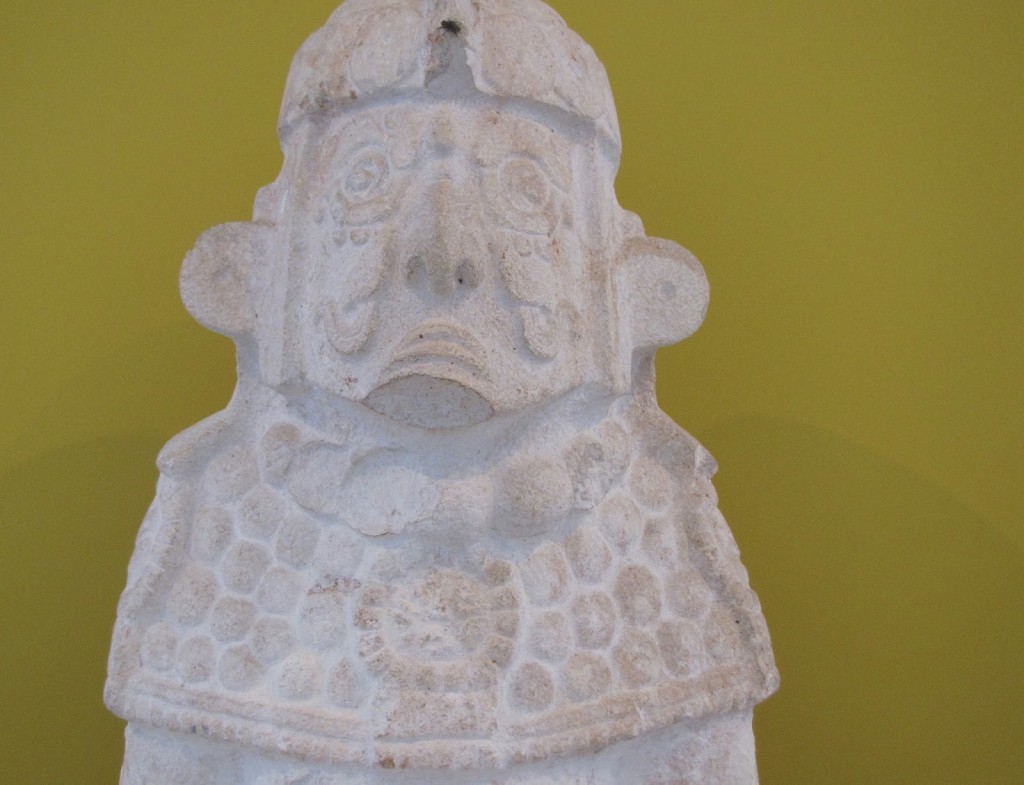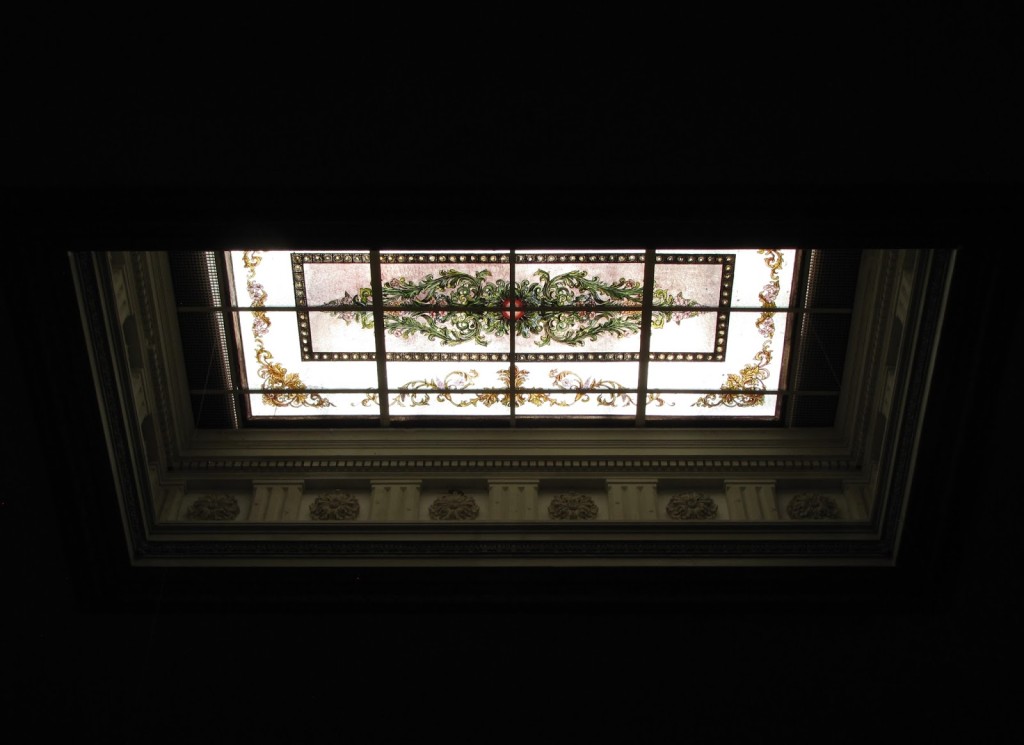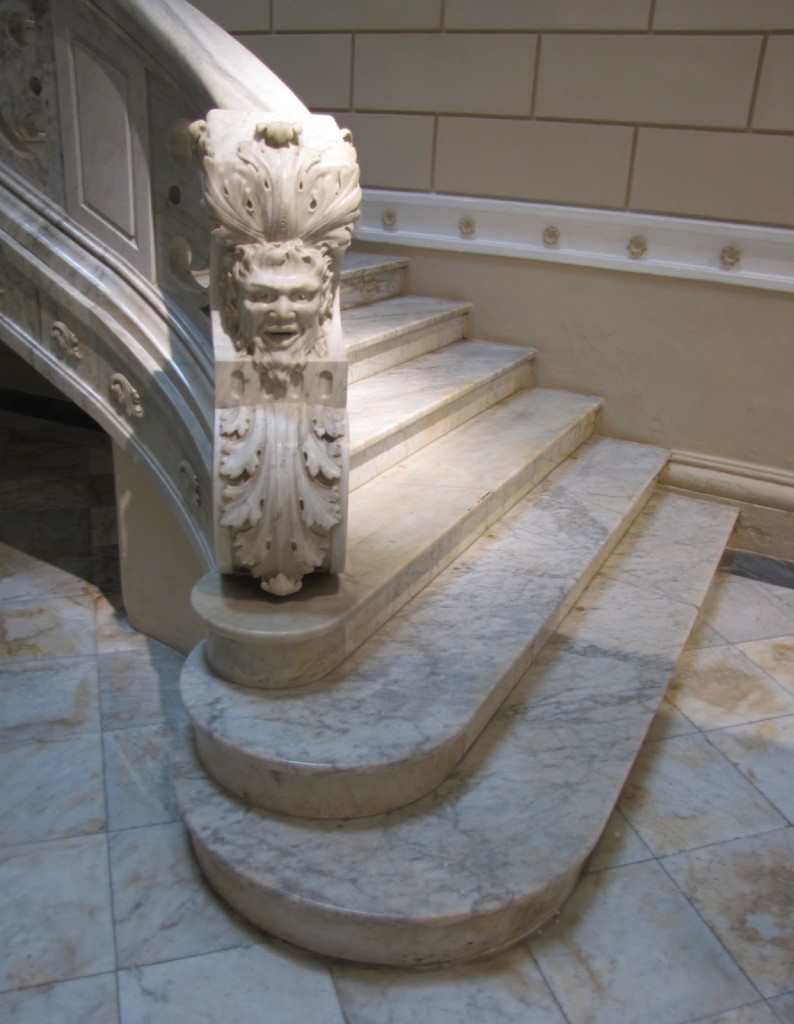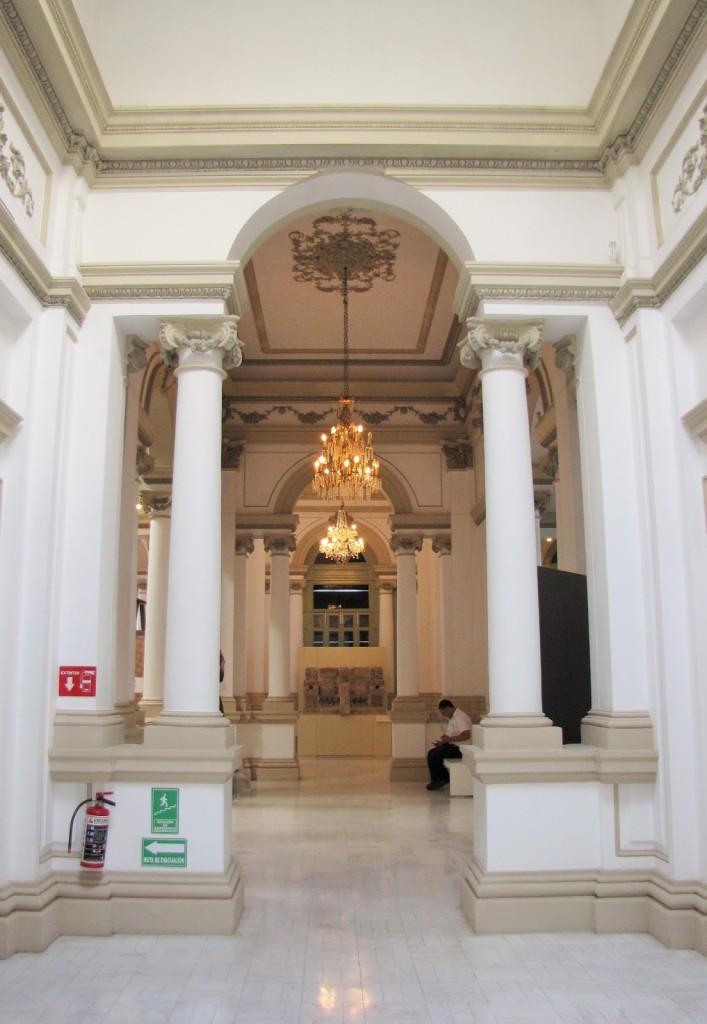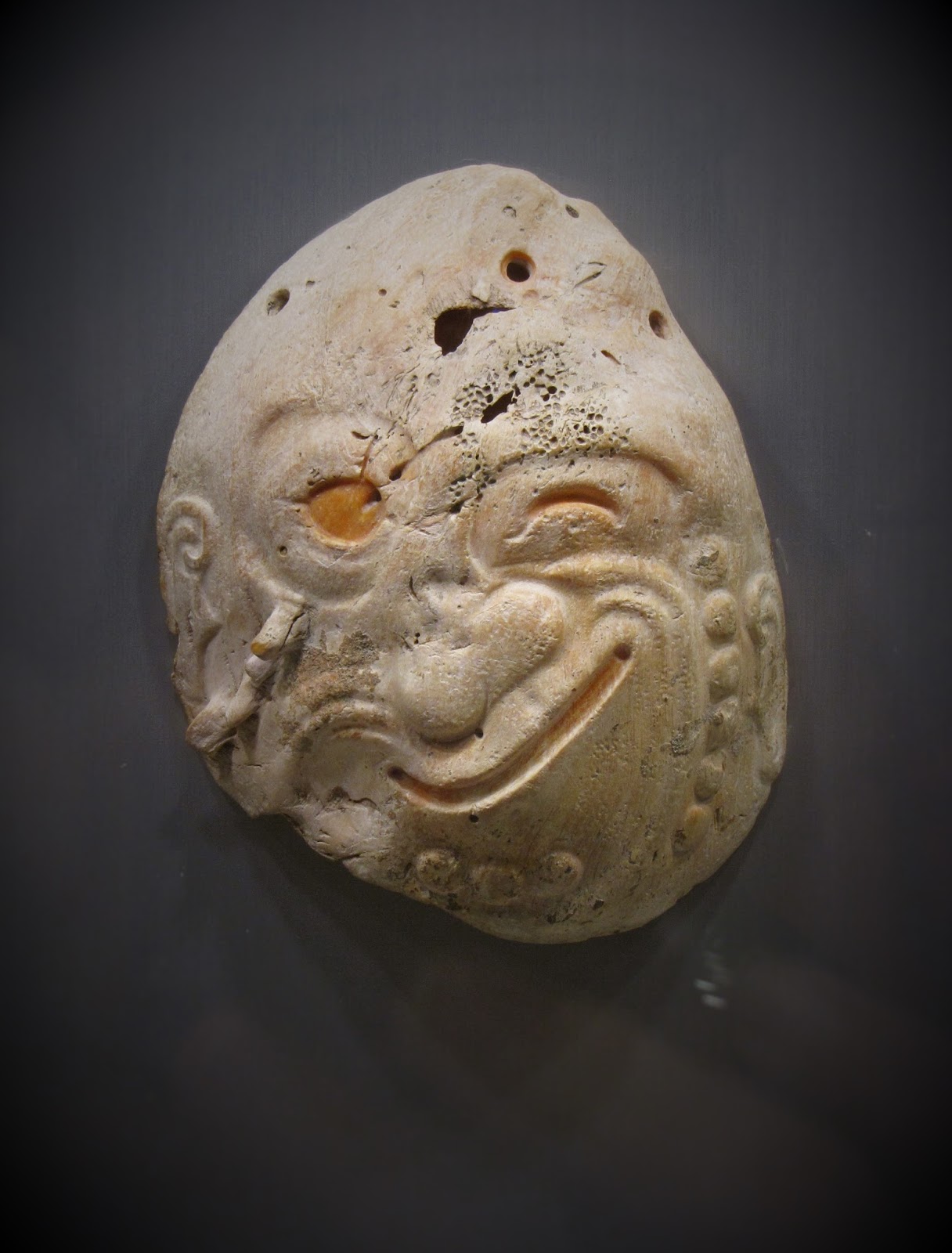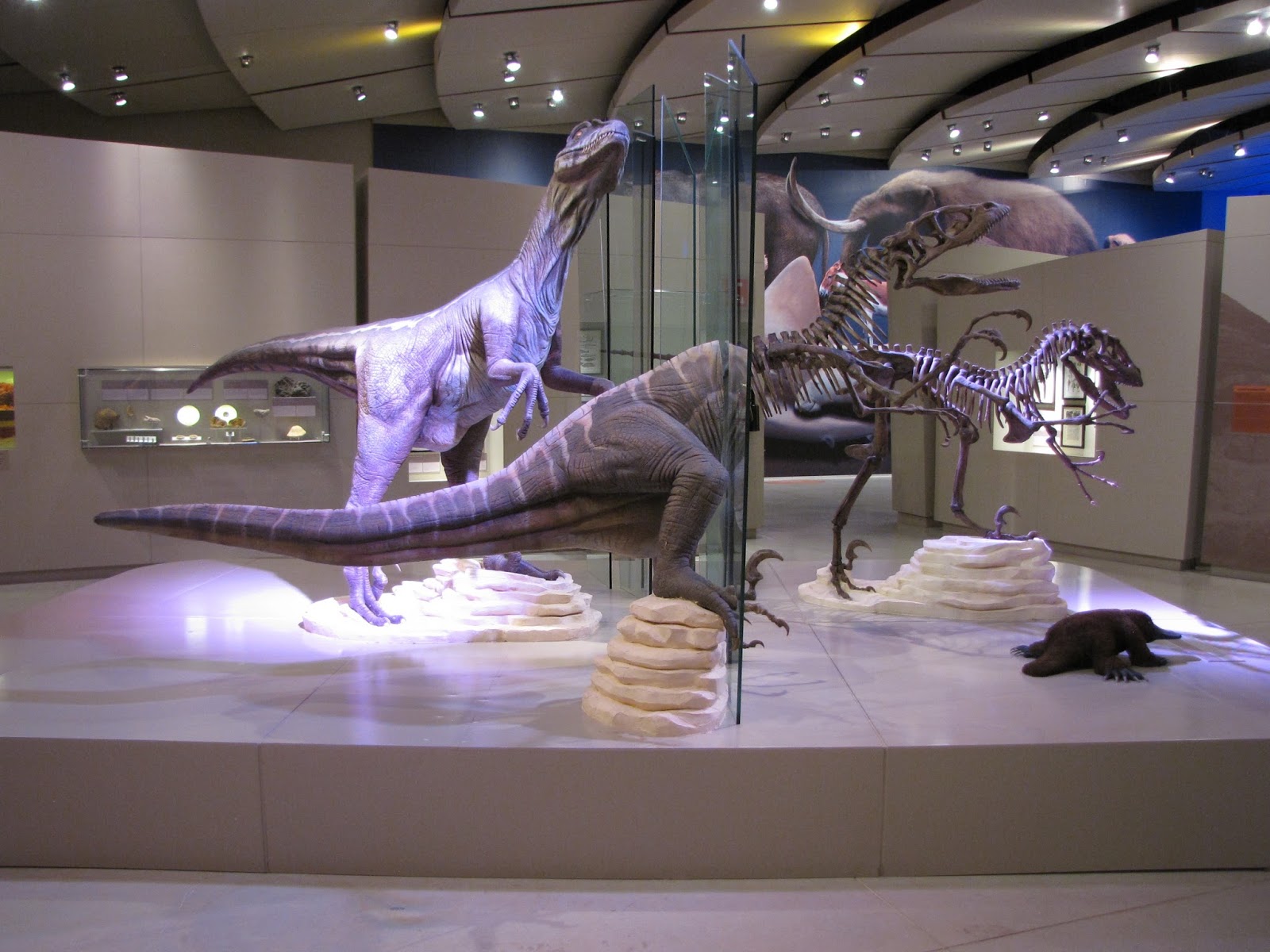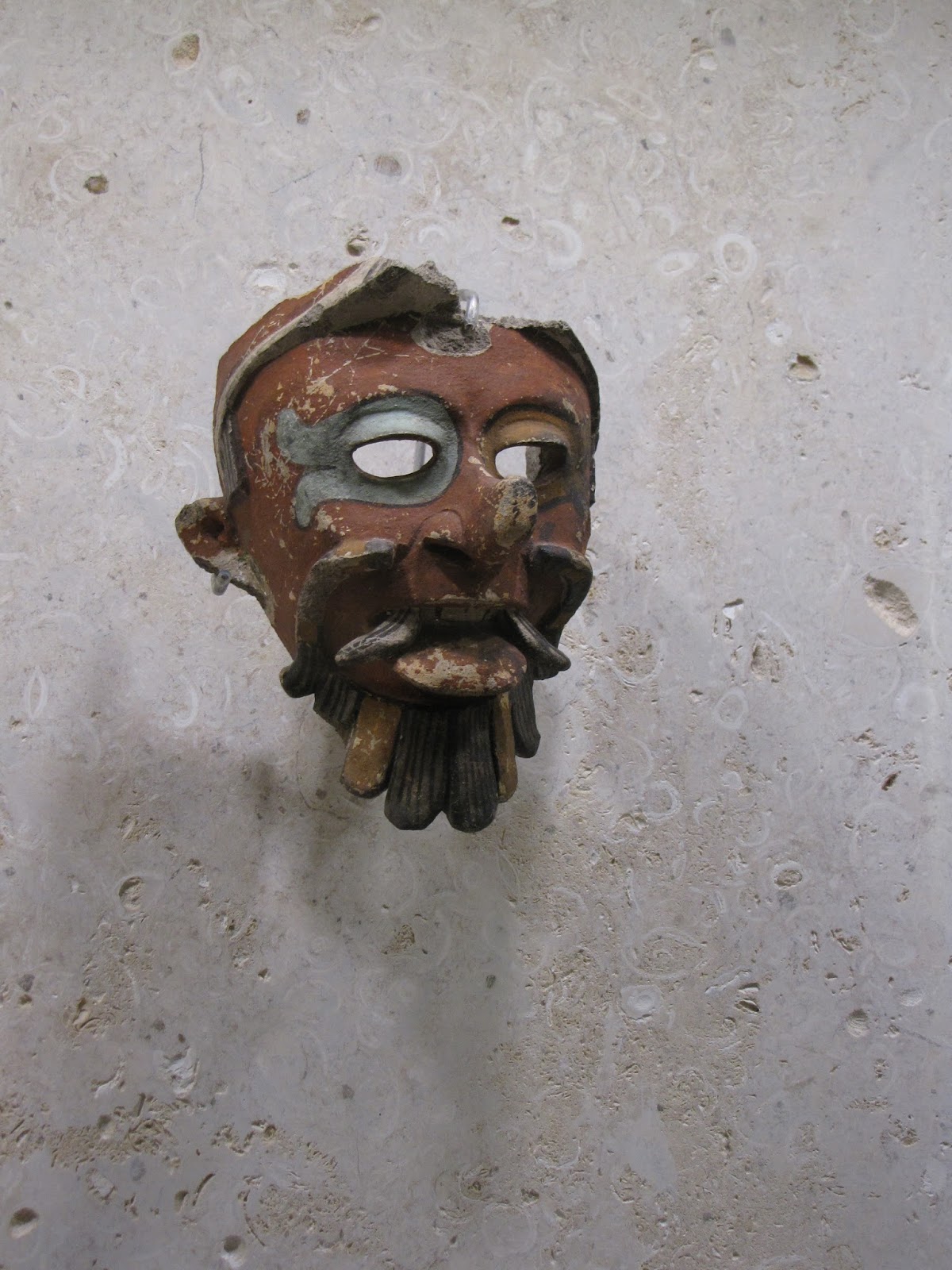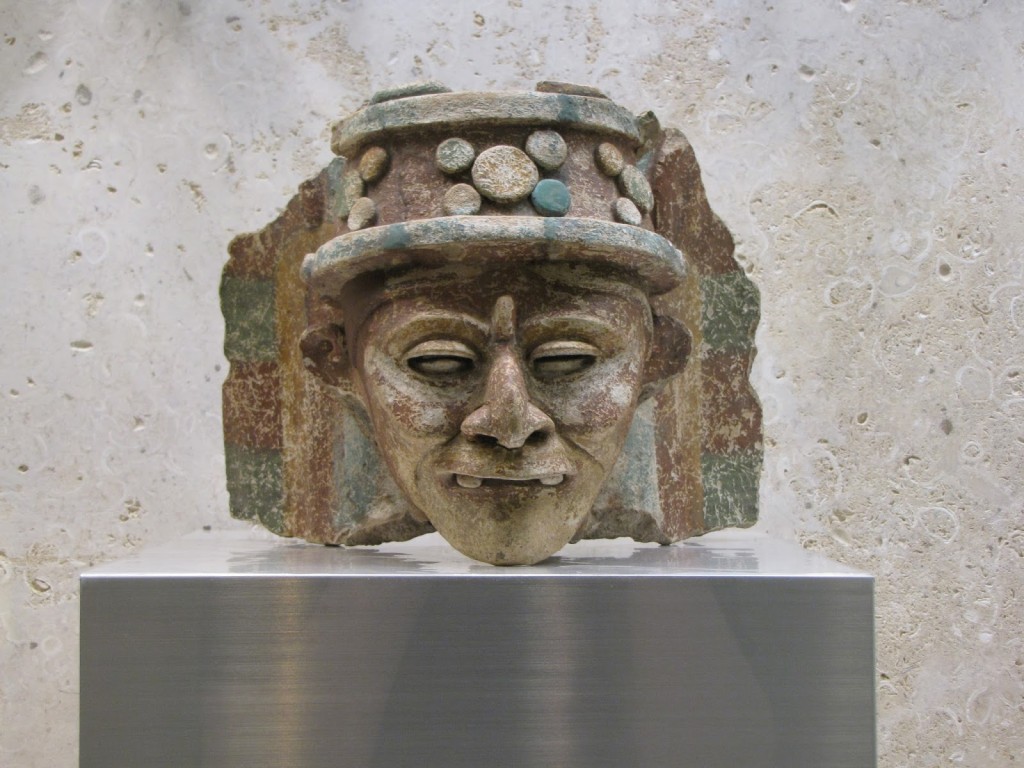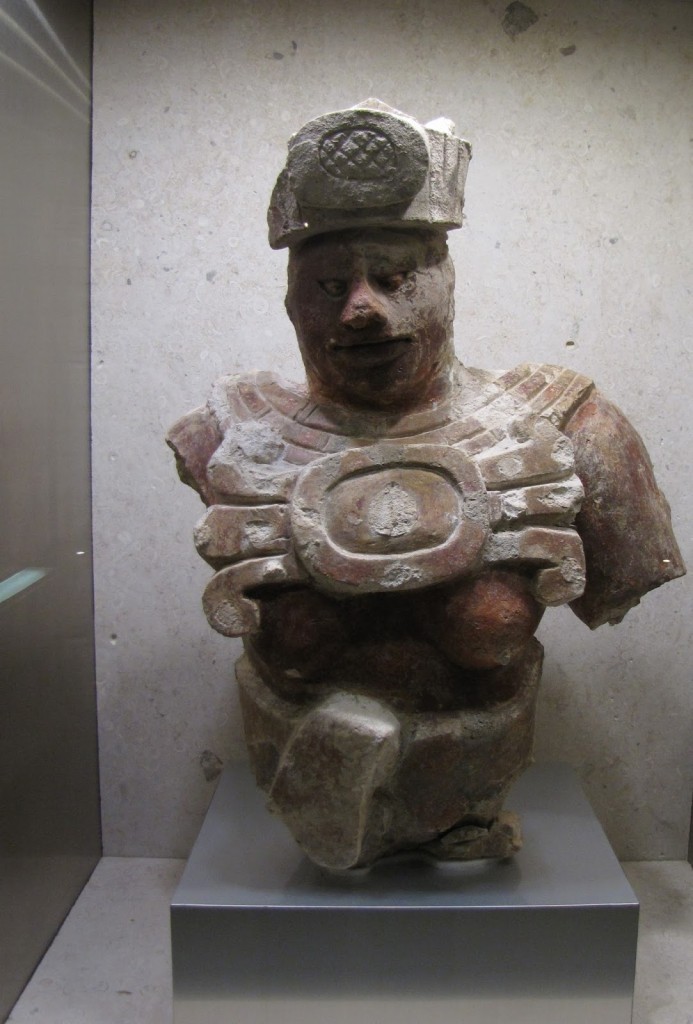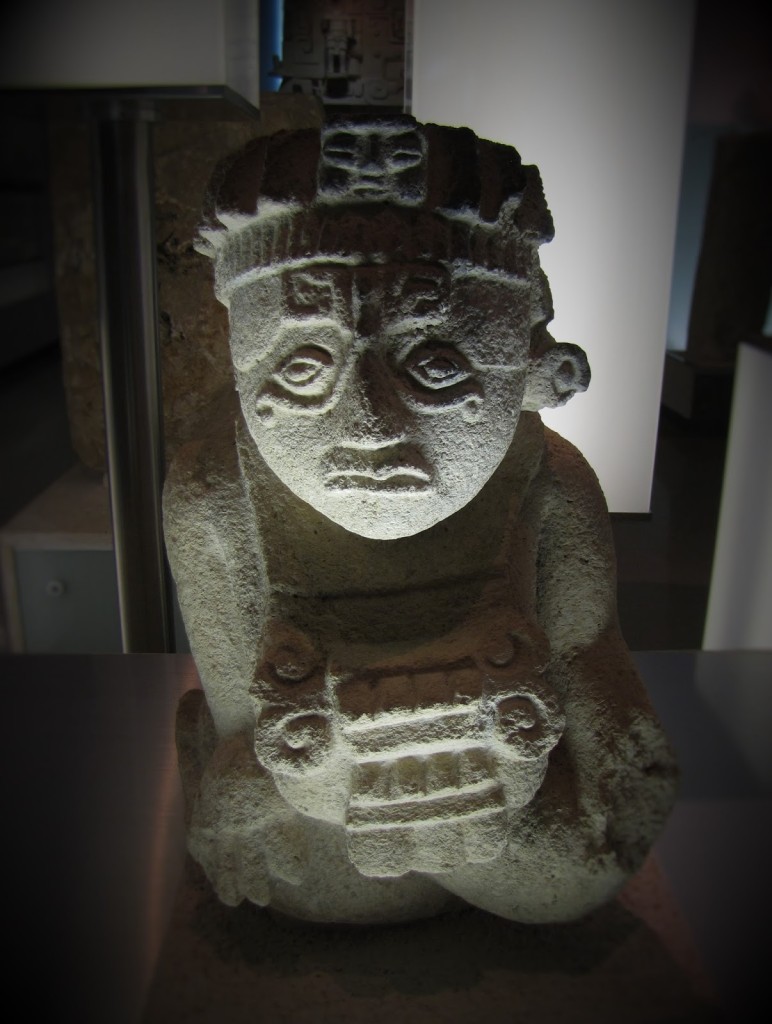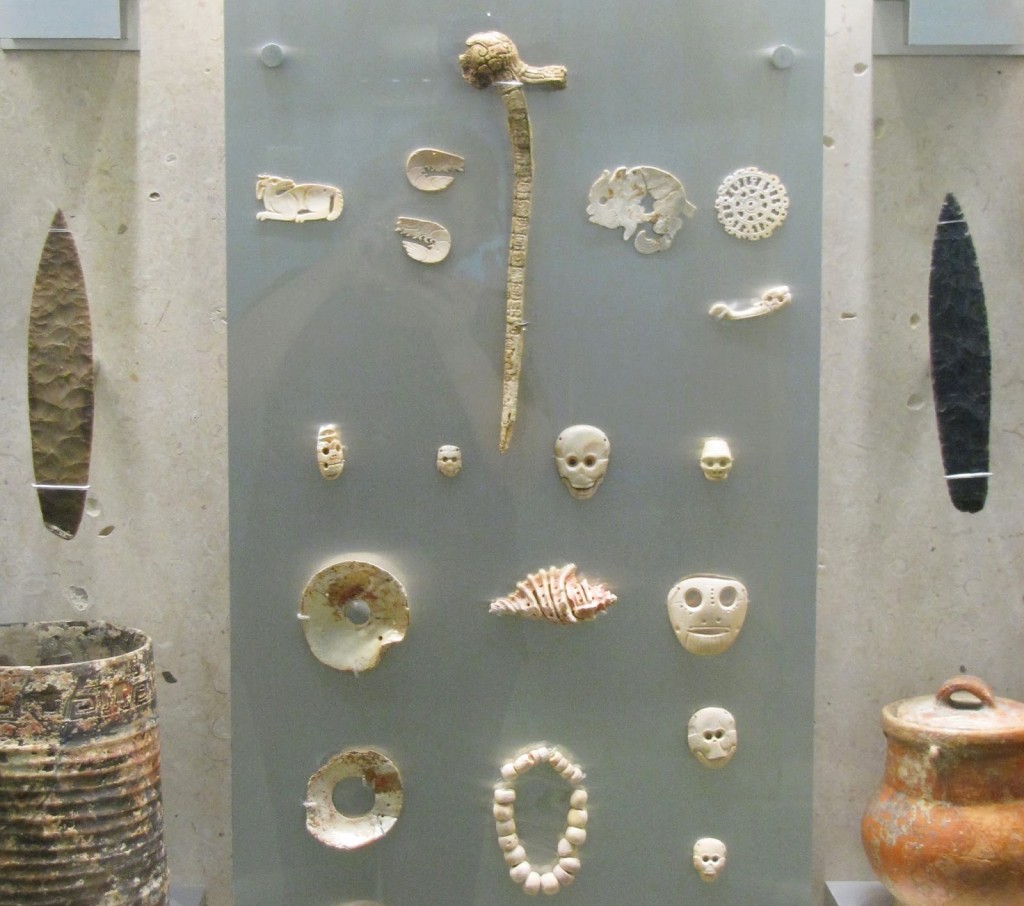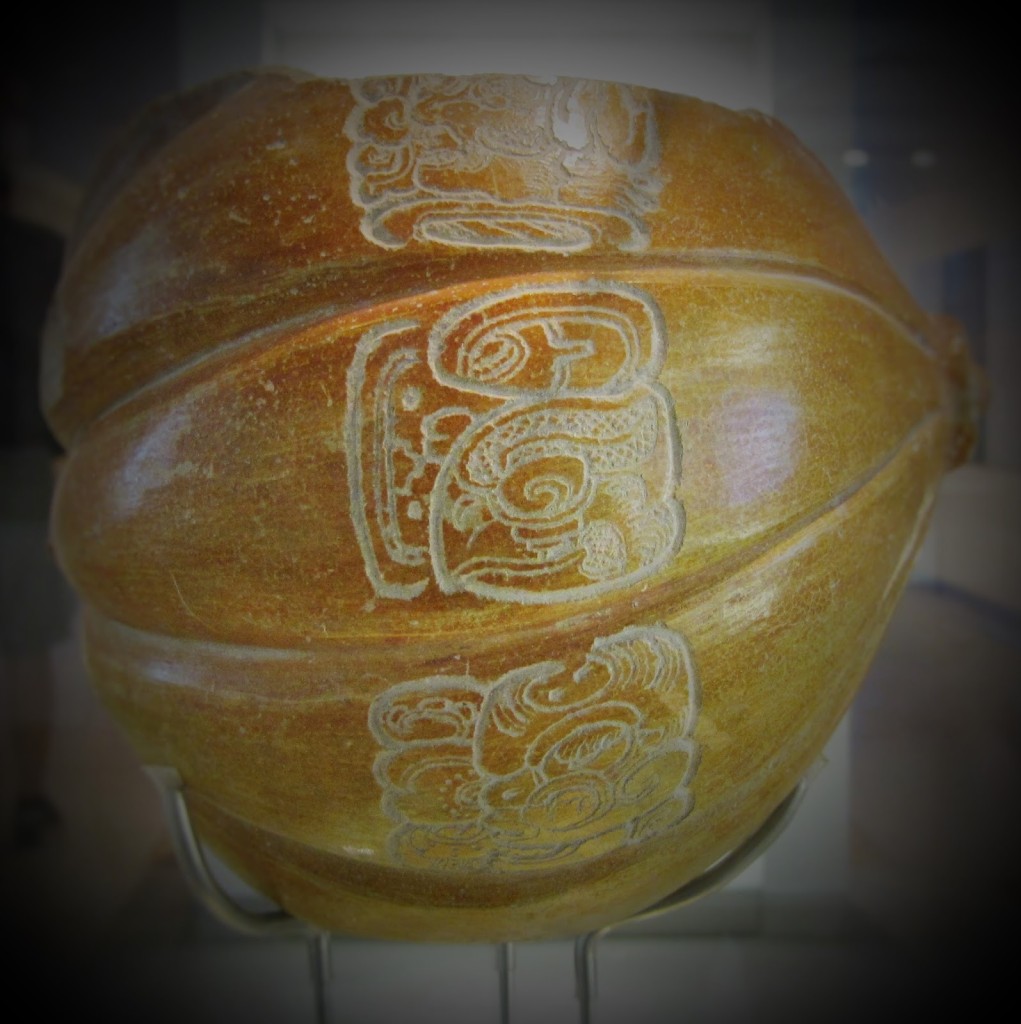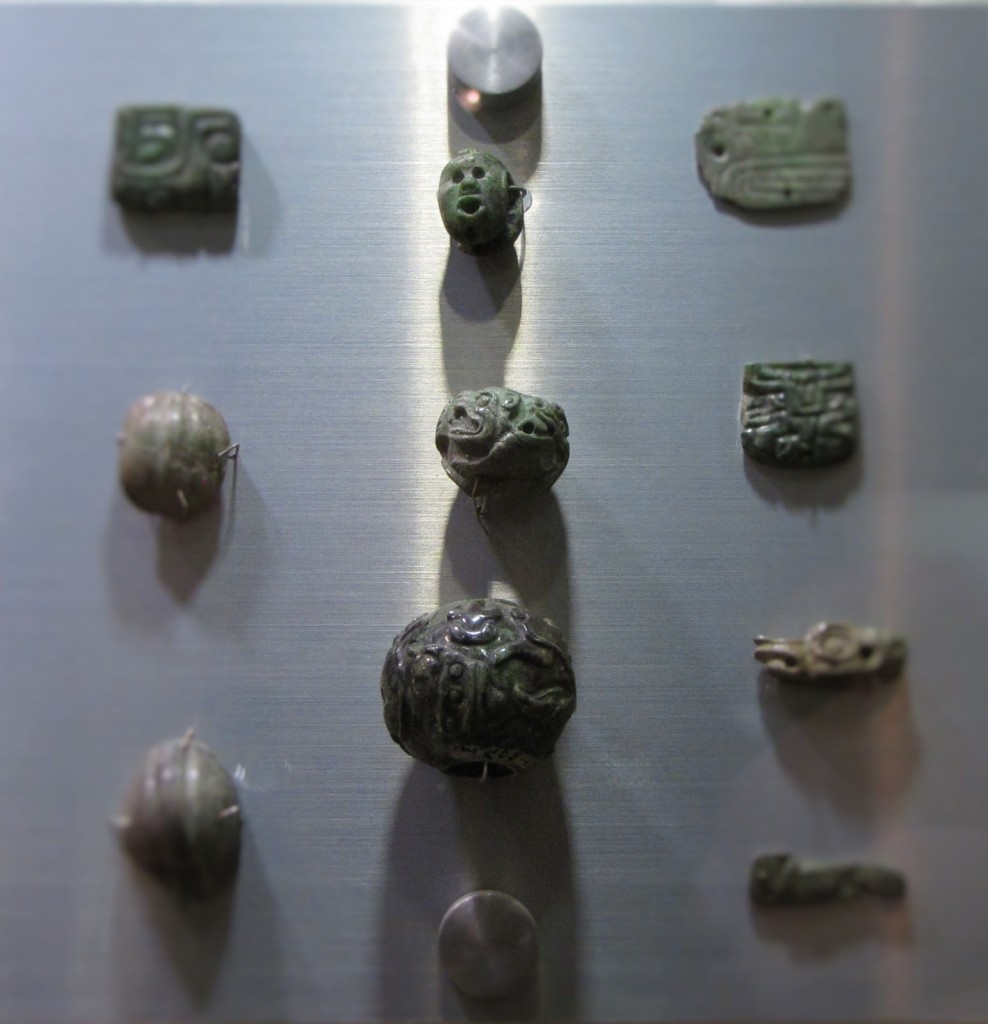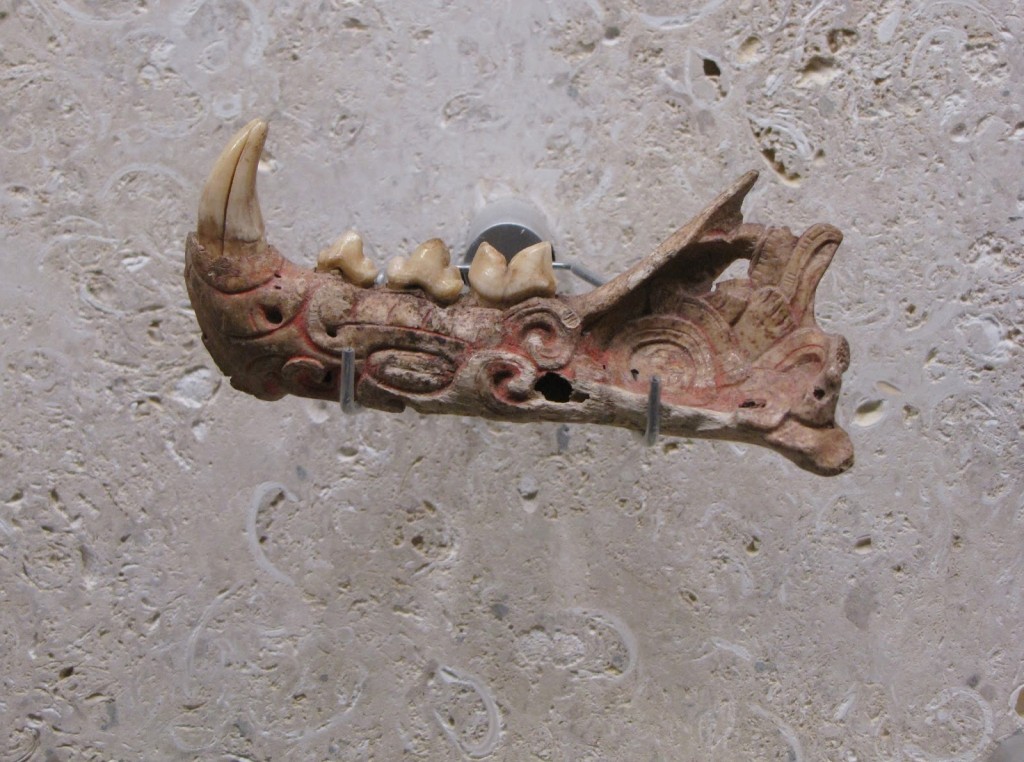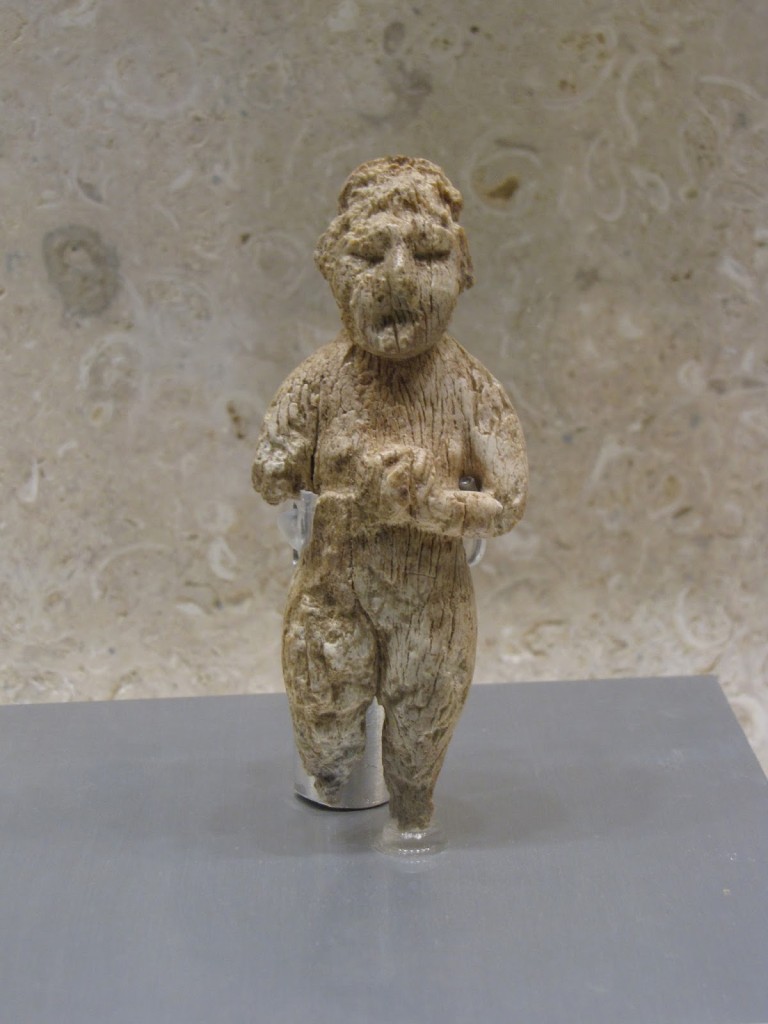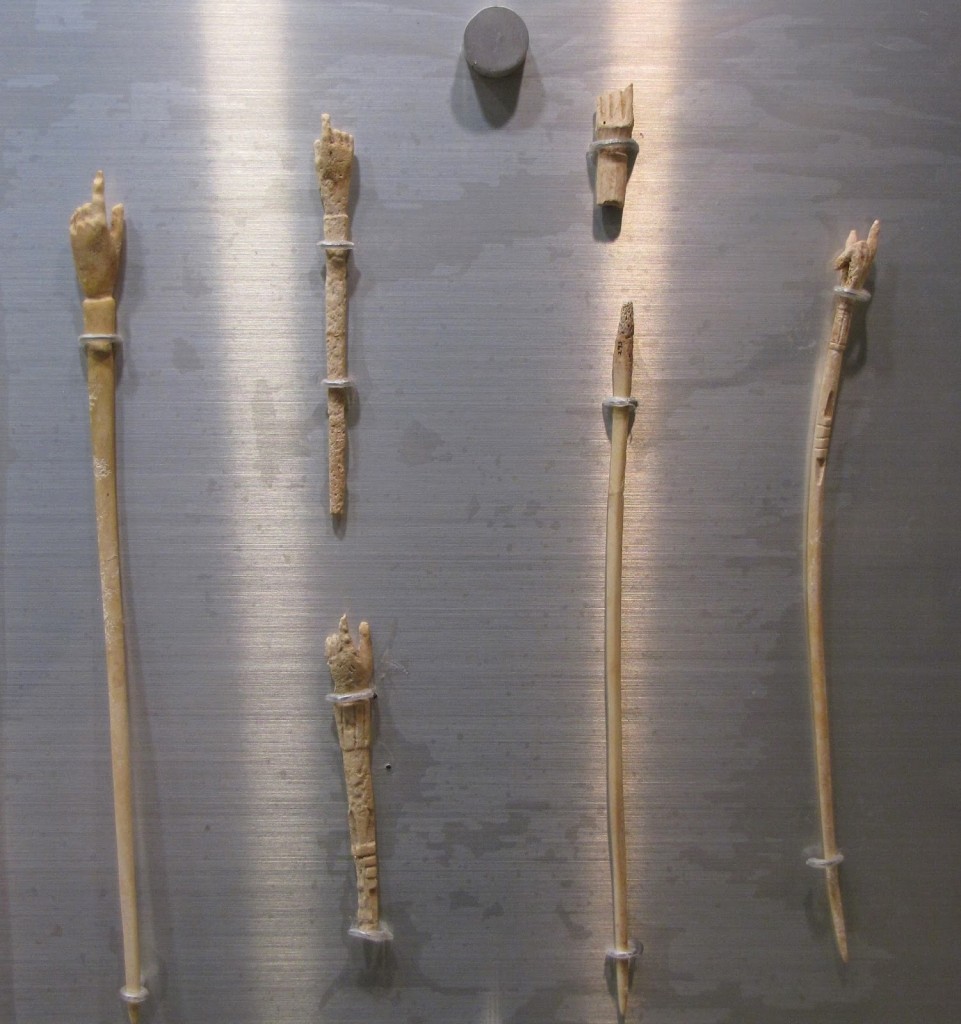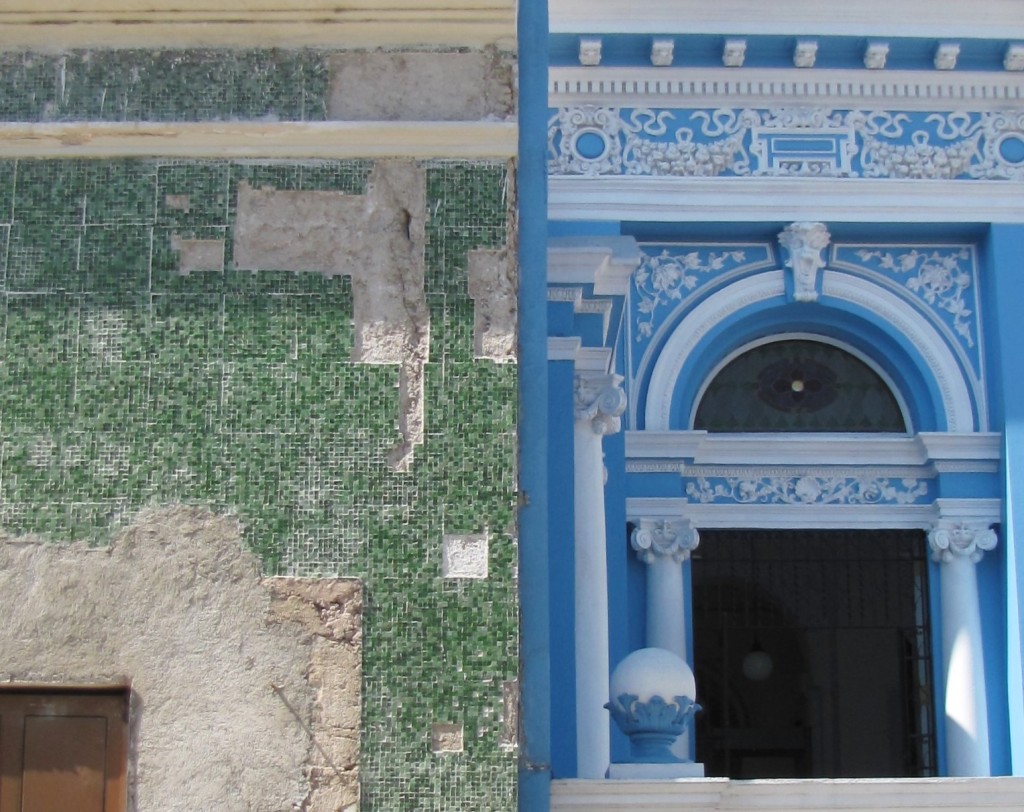
It was already late afternoon by the time we escaped Balankanché, prompting us to once again skip the cenote on the day’s itinerary and drive straight to our next hotel. This time we were headed to Mérida, the capital and largest city of the state of Yucatán.
Driving and parking in central Mérida is not fun—the roads are narrow, mostly one-way, and frequently filled with cars as well as pedestrians spilling over from the equally crowded sidewalks. Many hotels will have special deals worked out with specific lots, and it helps to know ahead of time which parking lot is affiliated with your hotel. Otherwise, look for the estacionamento signs (sometimes simply indicated by an E in a red circle), find one near where you will be staying, and just know that you will pay for an hour or so before you can come back and move your car to the appropriate lot.
Once you’re settled-in, the city will reward your effort to be there. At least for a day or two. Mérida is home to good shopping, numerous restaurants, a few solid museums, and faded glories of colonial architecture. It also lies in proximity to a number of Maya ruins (day trips to the World Heritage sites of Chichén Itzá and Uxmal are available from the city) as well as to the sea. As a result, the city is a popular stop for cruise lines, and during the day many tourists will come ashore to acquire relatively inexpensive, locally made goods, including jewelry, masks, wide-brimmed hats, embroidery, and other textiles. Even Josh and I, who had not planned on shopping at all, ended up contributing a fair amount to the local economy.
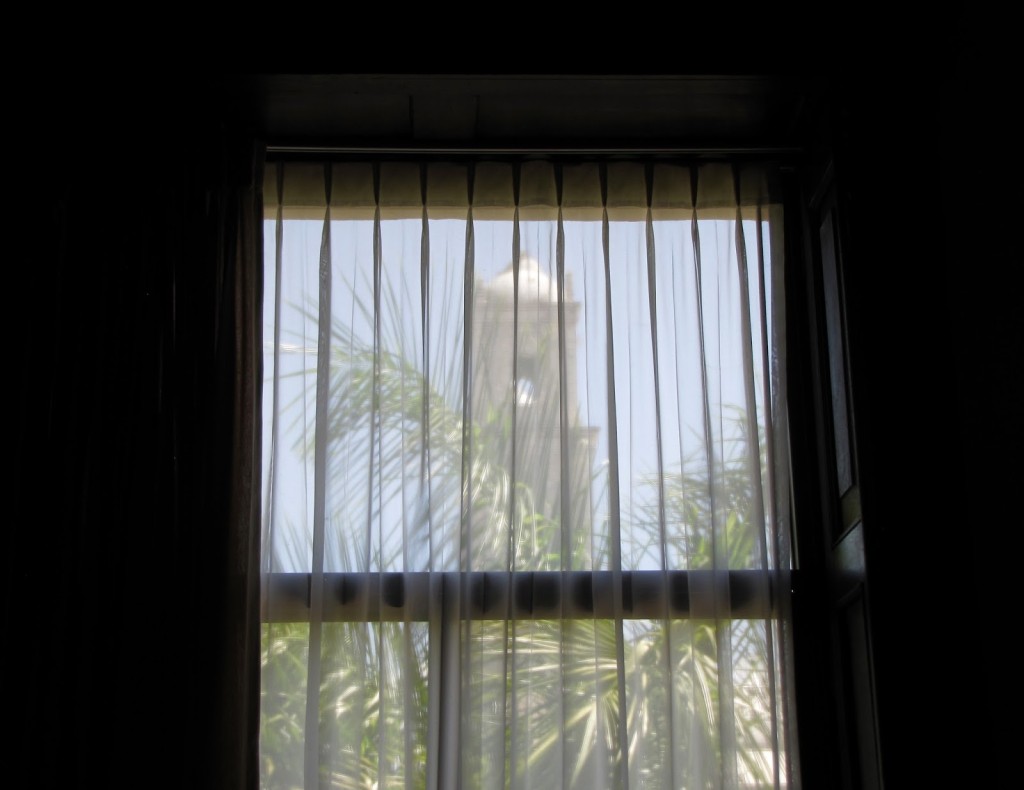
I should probably note here that Americans and Europeans often feel taken advantage of in Mexico, especially in larger cities like Cancún and Mérida. Sometimes such feelings are the result of misunderstandings born out of overlapping but ultimately very different cultural economics. Sometimes they are the result of one person actually taking advantage of another. As a foreigner, you are certainly a target for vendors and guides who rely on the money of tourists for their own survival. That can get very old very fast, especially as you hear the same lines again and again. For instance, nearly everyone claims that what they sell is “authentic” and that everything sold everywhere else is “fake.” Without being an expert myself on Maya goods, I can only advise that whatever you hear—from angry tourists and hungry vendors alike—take it with a grain of salt.
After finally checking-in to the hotel, the friendly guy attending the front desk pointed us towards a nearby collective, where, he claimed, proceeds from sales were redistributed to all of the participating artists in an effort to support the local communities as a whole. True? Nope. That is, not according to the many fuming reviews I have since read on TripAdvisor. But at the time, trusting both our hotel and the seemingly sincere man we met at the store itself, we ended up purchasing a few pieces of opal jewelry (mostly as gifts) for decent prices. Were the stones authentic? I fear the answer to that is also nope, despite the certificates accompanying each piece. One of these days I will screw up my courage and have mine appraised, but in the meantime I’ve decided to just enjoy them both as the pretty trinkets they are and as the gentle reminders of the fallibility of my own judgement they have become.
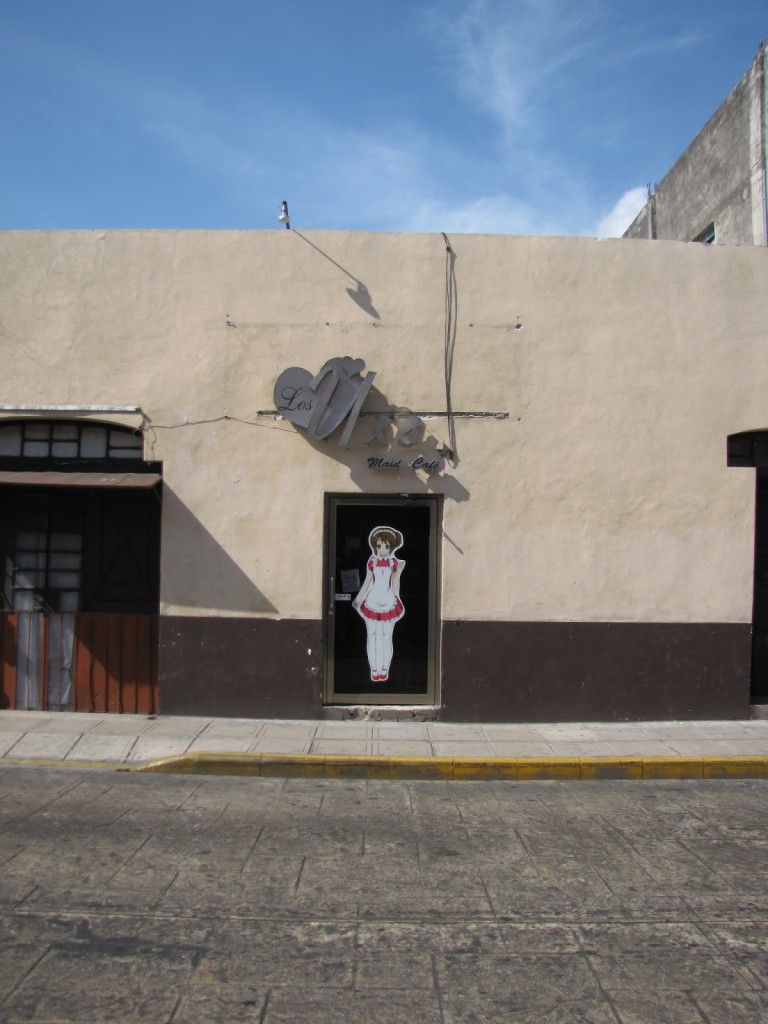
On our second night, we allowed another man to draw us into his store for jipijapas (aka, Panama hats, made from jipijapa palm leaves), hammocks, and clothing woven with sisal. In addition to being light, strong, flexible, and breathable, the fibers of both the palm and sisal are supposed to possess properties of a natural bug repellant—all highly desirable features during a Yucatán spring. Unlike most touristy items, such products are actually popular with locals, and the hats especially were essential wearing for anyone working in the sun.
We chatted with the owner for a while, and as we tried on items he showed us pictures of himself and his associate as a child and young man, respectively, working in the caves where jipijapas are made. He explained that manipulating the fibers requires the damp, warm environment of the caves, just as the finest weaving on the top of the hat requires the small hands of children and women. Because of the poor air quality, hat makers can only remain underground for a few hours a day.
I think he told us all of this to illustrate the communal nature of his store, to convince us of the specialness of the hats, and to illustrate why they were worth the amount he was asking for them (the equivalent of about $40 each). Outwardly, we tried not to disappoint him with our reactions. Inwardly, the actual effect of his story was somewhat different. Having just spent an hour ourselves in a Yucatán cave, the idea of anyone, especially children, working in such conditions was wrenching. The realization that by purchasing the hats we would be supporting such a system was horrifying. And yet, if we didn’t buy anything, those same people would be that much worse off due to the lack of income from their labor.
Intellectually, of course, I know that we all participate in similarly fraught economic situations everyday. But as an American, it is rare to have the system laid so bare before you, to see so clearly how inescapable it is, or to be so close to the people most affected by the terrible dichotomy of life saving/life endangering work. I am still not sure what the right thing to do actually was.
In the moment, however, we chose the easier path of the more immediate good, and are now the (conflicted) owners of two very nice jipi hats.
Since returning home, I have come across a few reviews by scorned tourists challenging the notion that jipijapas are constructed in caves. I would love for that to be true. Unfortunately, as documented here, the practice seems to be alive and well, although in Becal such caverns may be man-made and not nearly so deep as the likes of Balankanché. Perhaps that makes all the difference? Or is that idea just another scam, one we try to sell to ourselves to make our own lives a little more comfortable?
